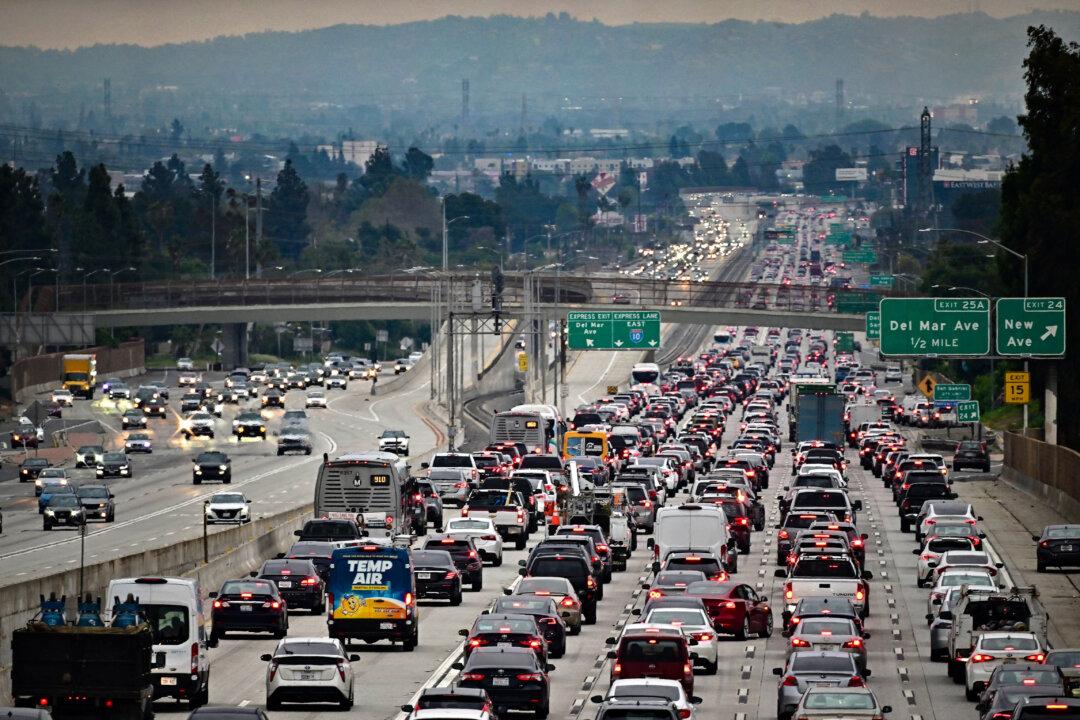President Donald Trump announced on May 4 that he was authorizing his administration to impose a 100 percent tariff on movies produced outside of the United States.
Trump said the move was necessary to protect the once globally dominant U.S. movie industry, as he noted that some countries have been offering incentives to attract American filmmakers and studios overseas.
He warned that the local industry is “dying a very fast death,” with Hollywood and many other local entertainment businesses facing devastation.
“This is a concerted effort by other Nations and, therefore, a National Security threat. It is, in addition to everything else, messaging and propaganda,” Trump stated. “WE WANT MOVIES MADE IN AMERICA, AGAIN!”
Trump imposed the tariffs to pressure the CCP into addressing the trade deficit with the United States. The White House stated on April 15 that China faces up to 245 percent reciprocal tariffs due to its retaliatory actions.
“At some point, I’m going to lower them because otherwise, you could never do business with them and they want to do business very much,” he said. “Look, their economy is really doing badly. Their economy is collapsing.”
Some analysts believe that China’s restrictions on U.S.-made movies will have a limited impact on the industry. Seth Shafer, principal analyst at S&P Global Market Intelligence Kagan, said the number of domestic films released in China has been declining.
“Only roughly 25 percent of domestic wide-release films are now released in China, and that percentage has dropped steadily over time due to increasing competition from China’s local film production industry,” Shafer said.
Shafer said that for domestic films that are released in China, “typically less than 10 percent of the film’s global gross box office revenue comes from China.”
Trump said the three envoys will serve as his “eyes and ears” in Hollywood, advising him on strategies to revitalize the entertainment industry and restore its former glory.
This reported subversion is contrasted with Hollywood’s early days under the Hays Code, which set strict content guidelines until its erosion in the 1950s and replacement by the modern ratings system in 1968, which ushered in a more permissive era.







